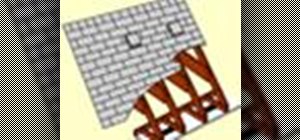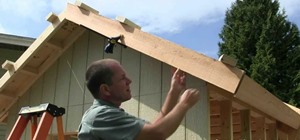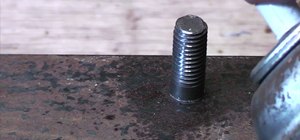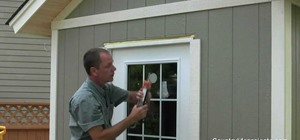Distorted and curled up shingles are often a sign of insufficient or complete lack of attic ventilation. Attic ventilation is crucial in keeping your home's roof sound and your interior comfortable. Installing soffit vents will increase the airflow under your roof. This will extend the life of your roof and help alleviate ice dams and attic condensation in the winter. In addition, this will reduce your heat build-up in the summer and thus save you money on your air-conditioning bill.
Ventilation can't eliminate all the heat that builds up in your attic, but it can minimize the effect on your home. In order for attic ventilation to be effective, you must have equal intake and exhaust vents. Therefore, for every soffit vent installed you will have to install a roof vent, or install a ridge vent. The idea is that the soffit vents allow cool fresh air into your attic while the roof vents exhaust the hot humid air.
A general guideline for determining the number of vents you need is at least one square foot of intake vents (soffit) and one square foot of exhaust vents (roof vent) for every 150 square feet of ceiling. You will want to consult your local building codes to be sure that you are compliant. For more information on ridge vents, see our tutorial "Installing a Ridge Vent" - and remember, a cool attic is a happy attic! For complete, step-by-step instructions for this DIY project, watch this friendly and straightforward video tutorial.
Install an attic soffit vent
Just updated your iPhone? You'll find new emoji, enhanced security, podcast transcripts, Apple Cash virtual numbers, and other useful features. There are even new additions hidden within Safari. Find out what's new and changed on your iPhone with the iOS 17.4 update.

























Be the First to Comment
Share Your Thoughts